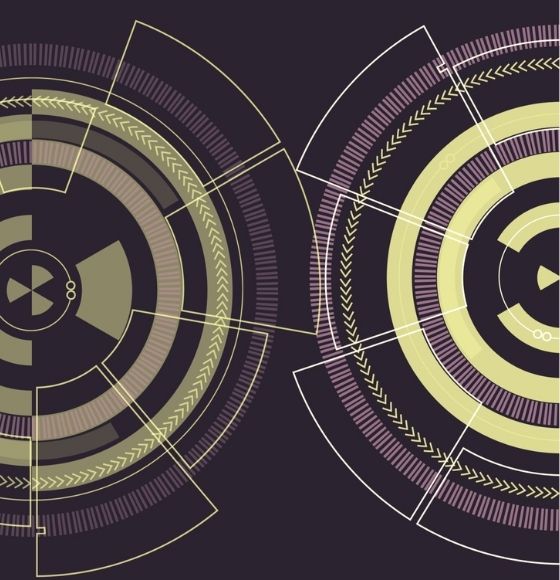successful entrepreneurs have the ability to leverage even deeply negative and disappointing contingencies and turn them into something valuable
THE Black Swan Capability Framework
The coronavirus crisis has shifted the priority order for many companies that are not only struggling to find ways to thrive while the crisis hit, but also to rebuild competitiveness in the near future and reimagine what the new normal will look like.
As Massimo Cannizzo, CEO and Co-Founder of GELLIFY Middle East, explains: “To manage events like COVID-19, it is not enough to be robust, nor to be resilient. What matters is the ability to create antifragile capabilities that lead companies in an even better competitive position that they had upfront. [..] There is an unmissable opportunity to adopt measures that will not only help companies to face the current emergency but also to lead the market in the ever-changing-normal. [..]”
GELLIFY has created an anti-fragility framework based on a set of pillars for building digital supply chains in the new normal and enable companies to shift from efficiency-only management models to flexibility-focused ones.
This Black Swan Capability Framework highlights initiative accross the whole company and classifies ideas for the short, medium and long term and always focusing on a strong Human Centric approach.
01
ECOSYSTEM COLLABORATION
Creating a flexible supply chains based on collaborative relationships with critical suppliers and thinking of supply chains as systems of interconnected actors are elements of outmost importance.
As GELLIFY Managing Partner Lucia Chierchia explains: “Today businesses are connected through an unique and integrated supply chain. In this ecosystem, the behavior of every company impacts every single stakeholder. The concept of individual organization will disappear and will be replaced by that of system.”


02
FLEXIBILITY AND DISRUPTION
During the last decade, businesses have focused on supply chain optimization but to some extent they have lost flexibility. They removed all buffers and, by consequence, the ability to absorb disruptions -like those created by the coronavirus situation- has been reduced or in some cases removed .
It’s important then to take into account that not all components of the system have the same digital capabilities. Some suppliers might be well-ahead in the digital transformation path, others might lag behind.
How can businesses maintain the required speed under such conditions?
03
SPEED AND DIVERSIFICATION
Whatever digital solution companies choose to digitalize their supply chain, what really makes the difference is the ability to do it fast using smart and lean methods based on quick and cost-effective experimentation and investing in diversification (even redundancies) that allow quick shout-outs when needed.
Normative and competitive environment change quickly; innovation projects that take years to be completed are no match for the speed required to do business in such an uncertain landscape.


04
END TO END VISIBILITY
The approach that leads to full supply chain digitalization need to consider the characteristics of the company but mainly of its suppliers base. The key is to leverage on technology that allows end-to-end visibility, quick communication with critical suppliers, product traceability and clear monitoring on distributors’ performance.
Fully digitized supply chains can also create opportunities to rethink interactions between manufacturers, distributors, and retailers. This new approach make them more efficient and build a logistics infrastructure that can truly reach its full speed.
05
TECHNOLOGY AND NEW SCENARIO
Technology can also unlock opportunities to build entirely novel business models.
Blockchain, for instance, can be used not only to trace components and products, but also as a way to diversify revenue streams for suppliers. Innovation consultant Antonio Ferreira explains: “Blockchain is one of the tools in the toolbox for disruptive innovation – by using it to appropriate value from transactions with their clients, all of sudden commodity suppliers can start thinking long term and no longer compete on production.” Technology can really make the difference and even build new business models.

